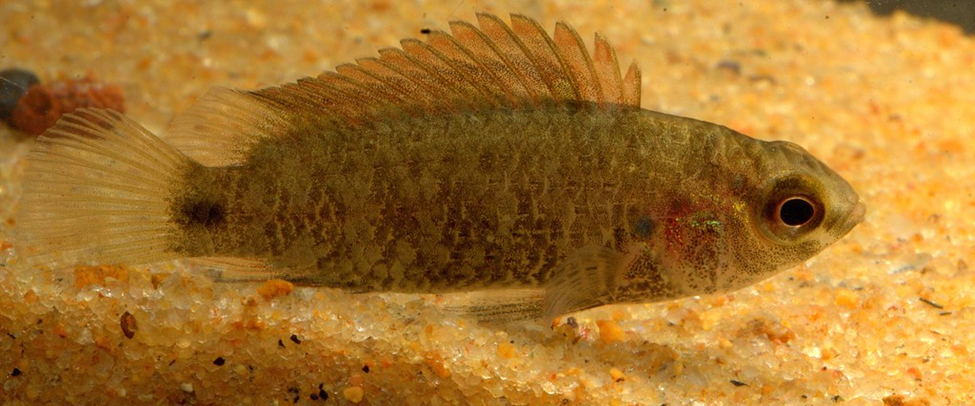





Copyright infringement not intended
Picture Courtesy: www.flickr.com
Context: A new fish species, "Badis limaakumi," was discovered in Nagaland, known for its remarkable colour-changing abilities, adding to the biodiversity of the region.
Details
Badis Limaakumi
|
Key Characteristics |
●It possesses a relatively large and slender body compared to other badis species. ●Unlike some other badis species, Badis Limaakumi lacks blotches on its sides, fins, and cleithrum. ●This species has a large number of lateral-line scales, which are sensory organs used to detect movement and vibrations in the water. |
|
Key Information |
●Badis belongs to a genus of small freshwater fish within the Badidae family. ● Badis species are often referred to as Chameleon fish due to their remarkable ability to rapidly change their colouration. They do this during breeding when they want to blend into their surroundings, or when they are stressed. ●Badis species are typically found in various freshwater habitats, including rivers, ponds, and marshes, primarily in northern India, eastern Pakistan, Bangladesh, Bhutan, and Nepal. They inhabit basins like the Ganges, Brahmaputra, Mahanadi, and Indus. ●There are currently around 25 recognized species within the Badis genus, with approximately 15 of them reported from India. ●These fish are predatory by nature and primarily feed on small freshwater invertebrates. |
Conclusion
|
PRACTICE QUESTION Q. The term “Badis Limaakumi” is frequently seen in the news, it is related to: A) A type of plant found in Nagaland B) A newly discovered species of badis fish in Nagaland C) A traditional dish in Nagaland D) A historical monument in Nagaland Answer: B Explanation: Badis Limaakumi is a newly discovered species of badis fish in Nagaland. |











© 2025 iasgyan. All right reserved